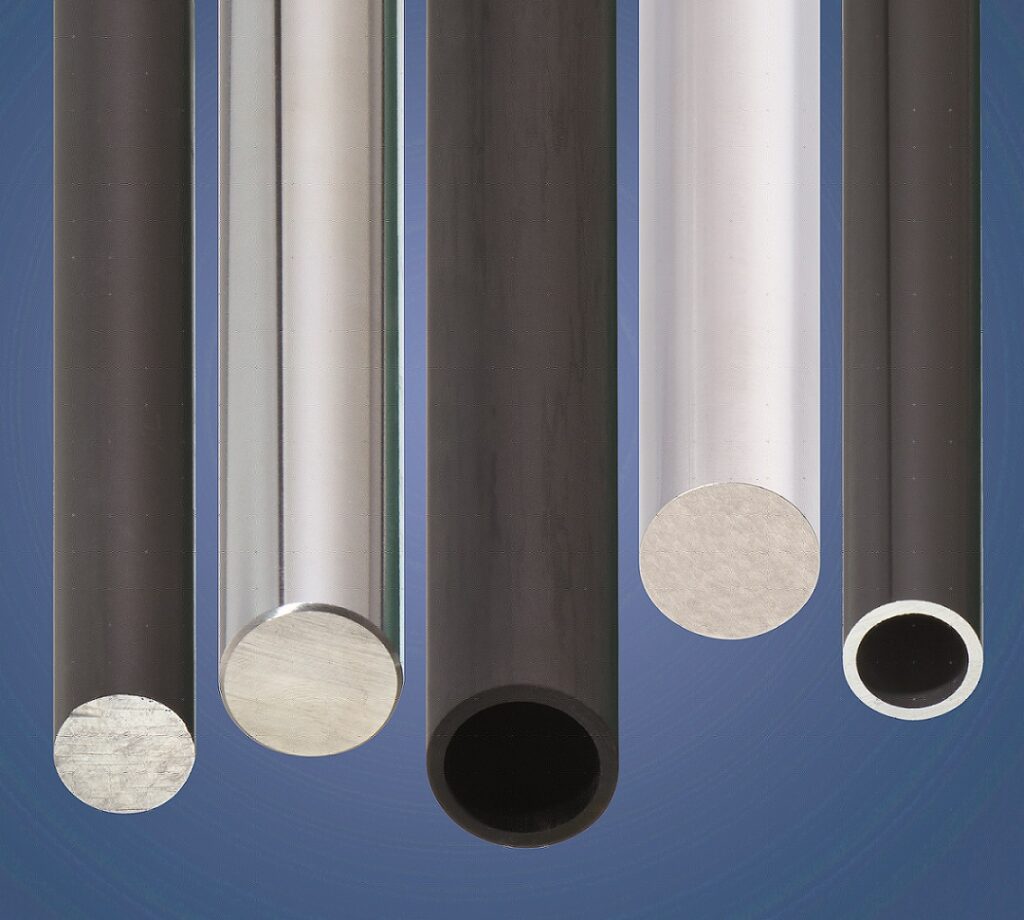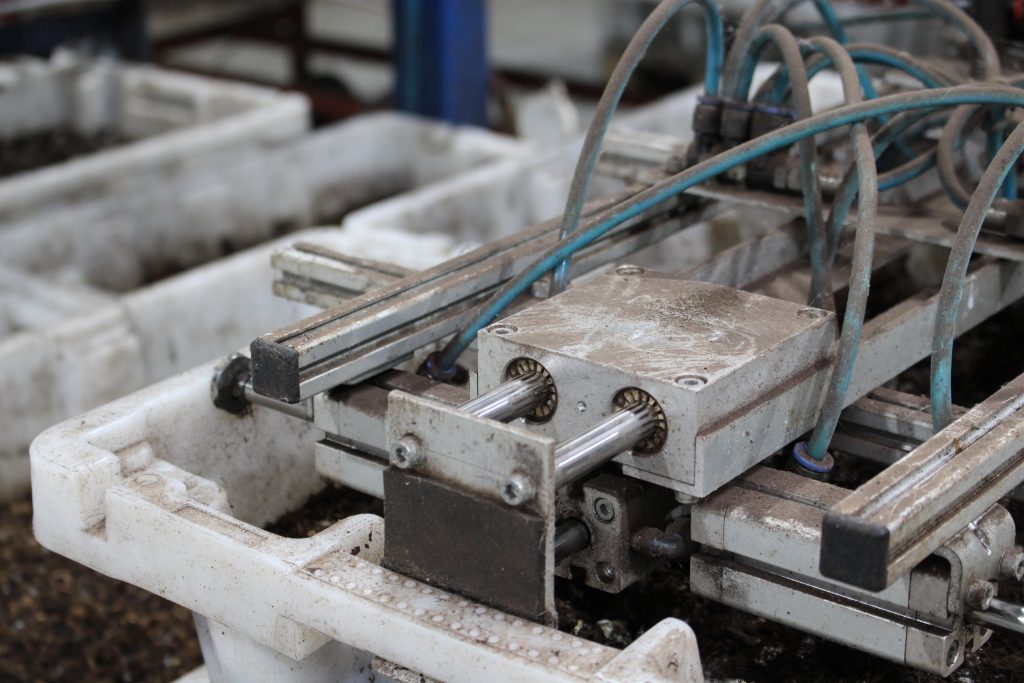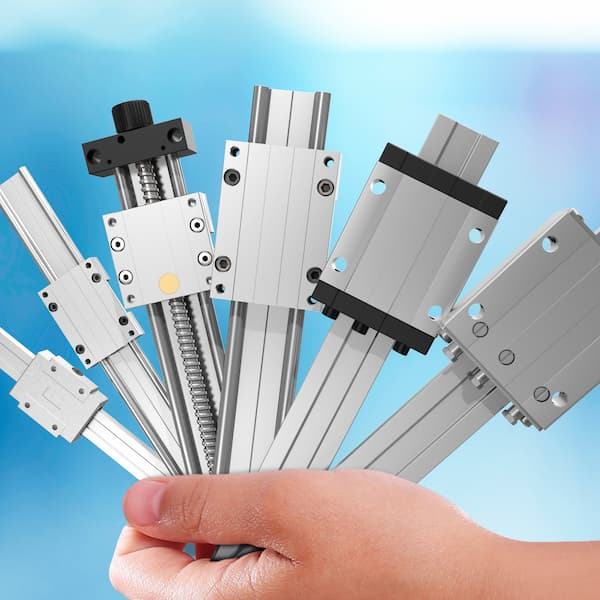Sliding & gliding: polymers on rails
Q & A with Lee Wilkins: drylin® Product Manager
Question
What is drylin®?
Answer

drylin® is where igus® offers linear solutions using polymer elements for sliding instead of the traditional rolling elements. This is used with either aluminium extrusions or stainless steel shafts.
Question
Can customers obtain bespoke drylin® solutions?
Answer
Around 40% of all drylin® business is bespoke. The reason for this might be as simple as different fixing holes, where we machine fixing holes to a certain hole pattern. Or, it might be because some industries prefer to use helicoils to strengthen the fixings. So, while that would be a simple bespoke solution, the complexity could be as high as machining a special rail with a special profile, a special dimension or even with a special material. For example, our standard materials on the aluminium extrusions are 60×60 or 60×61 but we might use a 7000 series aluminium for an increased tensile strength.
Question
Tell me about the polymers used in drylin®?
Answer
This is the great thing: igus® develops polymers for different applications and different needs. The standard material we use on aluminium extrusions is our J200 material. The reason we use J200 with aluminium is that it offers the best wear and coefficient of friction. But then, you might have an application that is working with some very aggressive wash downs or acids – then we might be looking at a high-grade stainless steel, something like 316Ti, and that would work best in conjunction with our X material. Now, our X material is a material that works at high and low temperatures, which is -100°C to +250°C, and it’s also very, very good in environments where you have those wash downs and acids. We have several applications that are very aggressive and where X is absolutely fine.
Question
Tell me about some more extreme applications for drylin®
Answer
We have a lot of subsea applications, such as an ROV working in the oil industry where it will be subsea for the majority of its life. In that environment, the material has to have a very low water absorption to be able to cope. We offer a range of materials that work very successfully in such a scenario, where traditional bearings with grease would not last because of the salt content of the water, but our bearings prove very successful.
Question
Tell me about some of the more difficult drylin® applications
Answer
Sometimes, a customer will come to us with a challenging application. Now, we will always look first for an off-the-shelf product’s availability because that’s a lower-cost solution. But, if that’s not possible, we will work with the customer to develop a solution: work on designs and generate drawings. Sometimes over a couple of months, sometimes it can be years that of working on projects with testing. Different levels of testing bring about special solutions. Sometimes it might be that we see the potential in one of those discovered solutions, so we’ll develop it and we’ll bring it out as a standard product at a later date.
Question
Does drylin® offer high-speed solutions?
Answer
The good thing about drylin® is that it’s not limited by speed – because we have no moving parts – these are gliding, sliding parts – nothing has to catch up with itself. The fastest application that I’ve worked with is actually in the textile industry – on looms, where they are carrying just a little, weaving threads. Now, they are travelling at 15m/s and the good thing is that it’s going very quickly, and most importantly the return is very quick as well. So, because it has no moving parts, it has nothing needing to stop, rotate and return on itself – and it can, therefore, work at very high speeds. These high speeds tend to be light loads, but these can, theoretically, even exceed 15m/s.
Question
What are the highest payloads that drylin® can support?
Answer
The strong area of drylin® is the static payloads. Now, an example of this is where these products are used on a lot of aircraft seats, such as on the footrest or tray table. Quite often, these systems are not particularly large because number one: they have weight constraints and thus want it as light as possible; number two: the packaging space. When these applications, like the tray table and the footrest, are fully extended they have to take the weight of somebody standing on it – which is normally around 300lbs. That’s exactly where our bearings are overwhelmingly strong. They also use a lot of [drylin®] W size 10 on these applications and the height of that system is only 18mm, and under severe conditions, it can take huge loads.


Question
What other components can be added to drylin® orders?
Answer
Some of the typical extras that we have are featured in our 4 main ranges: drylin® N, drylin® T, drylin® R and drylin® W. Here, you can have a hand clamp on the bearings themselves – you might want to move something into position and lock it there until you want to move it again. Some of these are simple thumb clamps, while others give a defined locking force – with safety restrictions you will have a guaranteed force under which it will not move. Another accessory in our drylin® N range are unique endcaps. Of course, in the dryspin® range we have special extras and designs available there too.
Question
What’s the maximum rail length that igus® can offer?
Answer
With our aluminium extrusions, the maximum length we offer is 4m, but we can join our rails, so we have some applications that are 50m long. That’s one of the great benefits of the drylin® range: because of our gliding system the rails can be joined. Some typical applications include one at a bottling plant – that was about 50m long all joined up. Another application was for the television industry, for the boat race in London. They usually travel along the path to film it, but they were unable to do so this time. They hence used our linear rail to cover the part they could not go along – this was commissioned at 20m long. For the stainless steel shafts, we can supply up to 6m pieces and also join them up for longer applications.
Question
What width of igus® rail can be supplied?
Answer
The rails tend to be a standard width, but we offer another range with our drylin® W where we have support feeds and can actually make special feet to make that system wider. In theory, we can go almost as wide as you want to on that basis.




